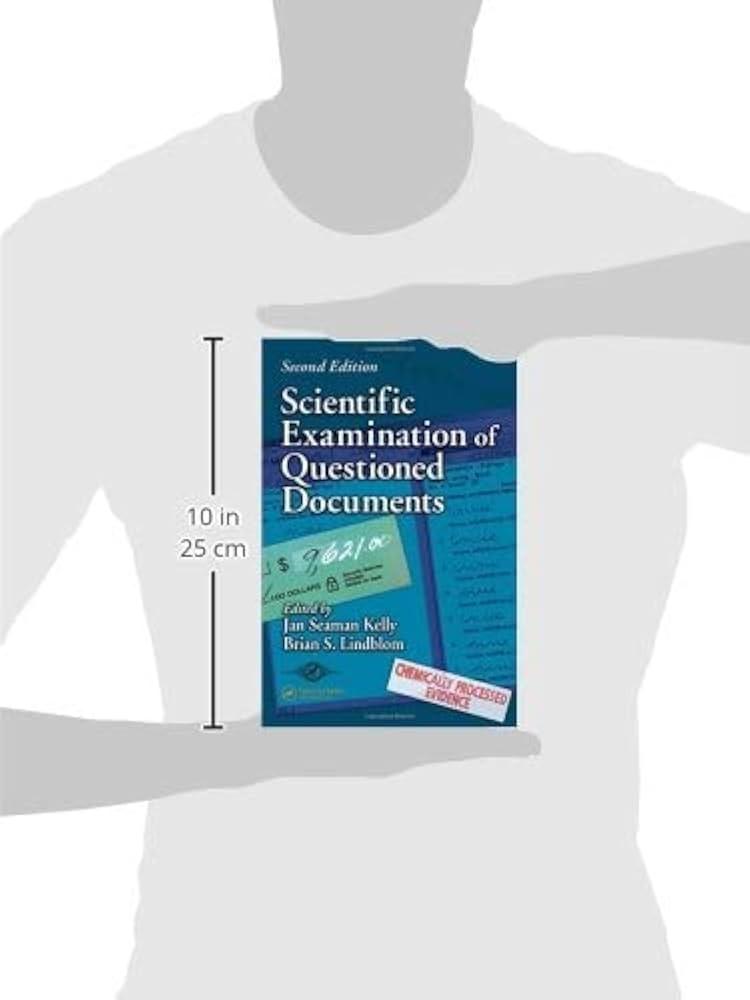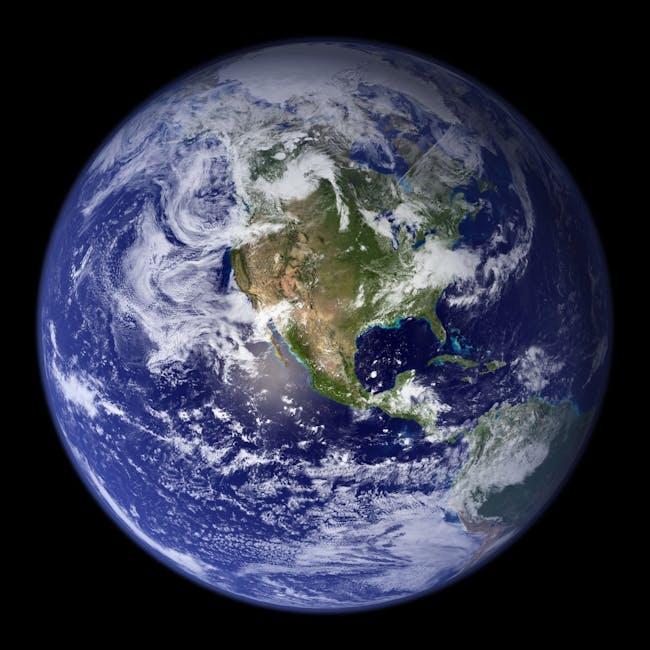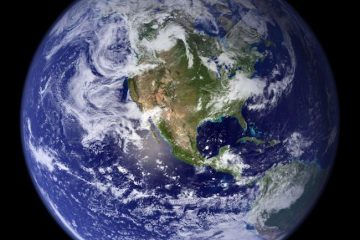Table of Contents
- Origins and Evolution of the Gaia Hypothesis
- Scientific Examination and Critiques: Is Gaia Viable?
- The Impact of Gaia on Environmental Policy and Awareness
- Embracing Gaia: Practical Applications for Sustainable Living
- Future Perspectives: Gaia Hypothesis and Climate Change Solutions
- Q&A
- To Conclude
Origins and Evolution of the Gaia Hypothesis
The concept was first articulated in the 1960s by the British scientist and inventor James Lovelock. Driven by inquiries into the possibility of life on Mars, Lovelock speculated that life on Earth actively maintained the stability of ecological conditions. Partnering with American microbiologist Lynn Margulis, Lovelock fleshed out his theory, proposing that the planet’s living and non-living components functioned as a cohesive, self-regulating system. Their collaborative work suggested that organisms interact with their inorganic surroundings on Earth to form a synergistic and self-regulating complex system, helping maintain the conditions for life.
Over the years, the idea garnered both support and skepticism. Supporters hailed it as a groundbreaking perspective, influencing fields like meteorology and environmental science, while critics viewed it as metaphorical rather than empirical. Proponents argue that evidence suggests complex interactions among Earth’s biosphere, atmosphere, oceans, and soil systems. For instance, the regulation of carbon dioxide levels and temperature are often cited as phenomena that support this synergistic model of life.
As the hypothesis evolved, it branched into various interpretations, each adding layers of complexity and scope. Among these versions were the weak Gaia, which sees life as influencing the Earth’s ecosystems to some extent, and the strong Gaia, which views life as crucial in shaping the planet’s dynamics. The hypothesis serves as an important framework for understanding how life interplays with global processes, posing significant implications for how humanity perceives its environmental footprint and responsibility toward planet stewardship.
| Version | Characteristics |
|---|---|
| Weak Gaia | Life moderately influences ecosystem dynamics |
| Strong Gaia | Life fundamentally shapes Earth’s processes |

Scientific Examination and Critiques: Is Gaia Viable?
Over the years, the Gaia hypothesis has sparked vigorous scientific debate, leading to both fervent support and robust critique. Proponents of the theory argue that it emphasizes the interconnectedness of ecosystems, asserting Earth as a self-regulating, complex system. This perspective aligns with the growing focus on sustainable environmental practices and raises awareness about the planet’s delicately balanced systems. However, scientists who are more critical of the hypothesis point out that while it serves as a compelling metaphor, it lacks empirical rigor and falsifiability, key components for scientific validation.
Critiques of the Gaia hypothesis often highlight a few main areas of contention:
- Lack of Predictive Power: Critics argue that the theory does not offer specific predictions that can be tested scientifically.
- Anthropomorphism: The hypothesis is seen by some as attributing human-like qualities to Earth, which can dilute scientific objectivity.
- Scientific Redundancy: Others feel that existing ecological and evolutionary theories sufficiently explain Earth’s complex systems without needing the Gaia framework.
To illustrate the contrasting viewpoints, consider this simplified comparison:
| Aspect | Supporting Viewpoint | Critical Viewpoint |
|---|---|---|
| Perspective on Earth | Self-regulating entity | Complex system needing separate scientific frameworks |
| Scientific Approach | Holistic and integrative | Reductionist and empirical |
| Future Developments | Incorporate technology and data science | Focus on refining established ecological theories |

The Impact of Gaia on Environmental Policy and Awareness
The concept of Gaia, which suggests that Earth and its biological systems behave as a single, self-regulating entity, has significantly influenced the way environmental policies are formulated. This hypothesis has nudged policymakers to consider the planet not just as an amalgamation of resources, but as a complex, interconnected system. The recognition of Earth’s systems as delicate and interdependent has led to the development of policies that prioritize sustainability, conservation, and climate change mitigation. Sustainability has become a buzzword in governmental plans, with initiatives focusing on reducing carbon emissions, protecting biodiversity, and promoting renewable energy.
As awareness and understanding of Gaia have grown, so too has public involvement in environmental issues. Influencers and global movements have tapped into the Gaia hypothesis to foster a consciousness that extends beyond the typical “reduce, reuse, recycle” mantras. Individuals are now more inclined to participate in environmental advocacy and volunteer for conservation projects. This shift in public perception has been critical in driving legislation and corporate responsibility, with consumers demanding eco-friendly products and sustainable business practices. Communities are coming together to implement local solutions that reflect Gaia’s principles, such as urban gardens, renewable energy communities, and zero-waste initiatives.
The Gaia hypothesis has also sparked an educational revolution, feeding into curriculums worldwide and inspiring future generations. Schools and universities are integrating Gaia-inspired courses that blend ecology, earth science, and systems thinking, enabling students to grasp the interplay between human activities and the environment. Key Takeaways for Education:
- Promoting cross-disciplinary learning to understand complex systems
- Encouraging students to engage in fieldwork and real-world projects
- Using technology to model ecological systems and predict changes

Embracing Gaia: Practical Applications for Sustainable Living
Integrating the principles of the Gaia Hypothesis into our daily lives involves making conscious choices that support the balance of nature. One impactful way is through sustainable gardening. This concept encourages the use of native plants, which are naturally adapted to local environments and thus require less maintenance and water. Furthermore, implementing composting systems turns organic waste into nutrient-rich soil enhancer, promoting healthy plant growth while reducing landfill waste. WordPress users could benefit from integrating plugins to track local plant options and compost recipes.
Another practical application is in energy conservation, where the emphasis is laid on reducing consumption through clever solutions. Switching to LED lighting, installing programmable thermostats, and utilizing smart power strips can significantly lower energy bills and carbon footprints. Those inclined to make larger changes might consider solar panels or wind turbines. For WordPress sites, integrating energy calculators or guides via plugins can help visitors estimate their savings and environmental impact.
- Switch to LED lighting.
- Install programmable thermostats.
- Use smart power strips.
Promoting sustainable transportation is also crucial in aligning with the Gaia framework. Carpooling, cycling, and using public transport reduce not only individual carbon footprints but also communal traffic congestion. Employers can support this shift by offering incentives for green commuting. Incorporating maps and schedules for local transit systems on WordPress websites can further encourage readers to embrace sustainable transportation routes.

Future Perspectives: Gaia Hypothesis and Climate Change Solutions
In the evolving discourse on environmental conservation, the Gaia hypothesis offers a paradigm that could reshape our approach to climate solutions. Rather than viewing Earth as an inanimate object to be used, this hypothesis suggests that our planet is a self-regulating system that maintains the conditions necessary for life. This perspective shifts the focus from exploitation to partnership, advocating for solutions grounded in cooperation with Earth’s natural processes. Such an approach encourages the development of sustainable technologies that work in harmony with ecological systems rather than against them. This synergy has the potential to advance innovative climate strategies, from carbon capture to afforestation, by aligning human activities with the planet’s inherent ability to heal and sustain.
The linkage between the Gaia hypothesis and climate solutions opens up a rich tapestry of possibilities for addressing environmental challenges. Adopting a Gaia-inspired framework could lead to an emphasis on interconnected solutions that reflect the complexity of natural ecosystems. These might include:
- Biomimicry in Design: Creating structures and systems that replicate Earth’s natural strategies for efficiency and resilience.
- Ecosystem Restoration: Restoring degraded environments to bolster biodiversity and natural carbon sinks.
- Circular Economies: Designing resource use systems that emulate Earth’s cyclical processes, reducing waste and promoting sustainability.
By integrating principles of the Gaia hypothesis into environmental policy and practice, we pave the way for more holistic and effective climate change solutions. The table below illustrates some potential areas of innovation:
| Innovation Area | Potential Impact |
|---|---|
| Renewable Energy | Reduction in fossil fuel dependency and greenhouse gas emissions |
| Urban Greening | Improved air quality and carbon sequestration |
| Water Conservation Technology | Enhanced management of water resources and drought mitigation |
Ultimately, the Gaia hypothesis not only challenges us to reconsider our role within the Earth’s ecosystems but also inspires a collaborative approach to environmental stewardship that could lead to more sustainable and enduring solutions to climate change.



0 Comments